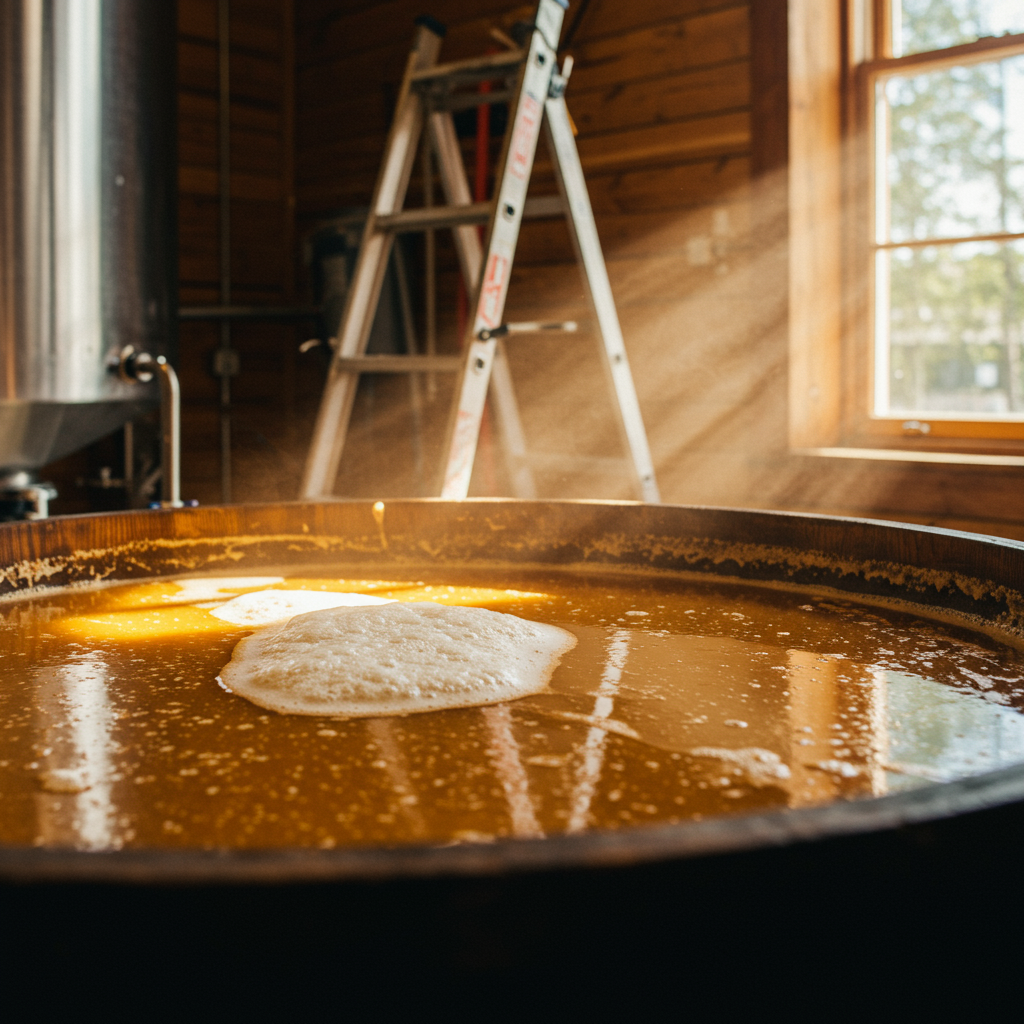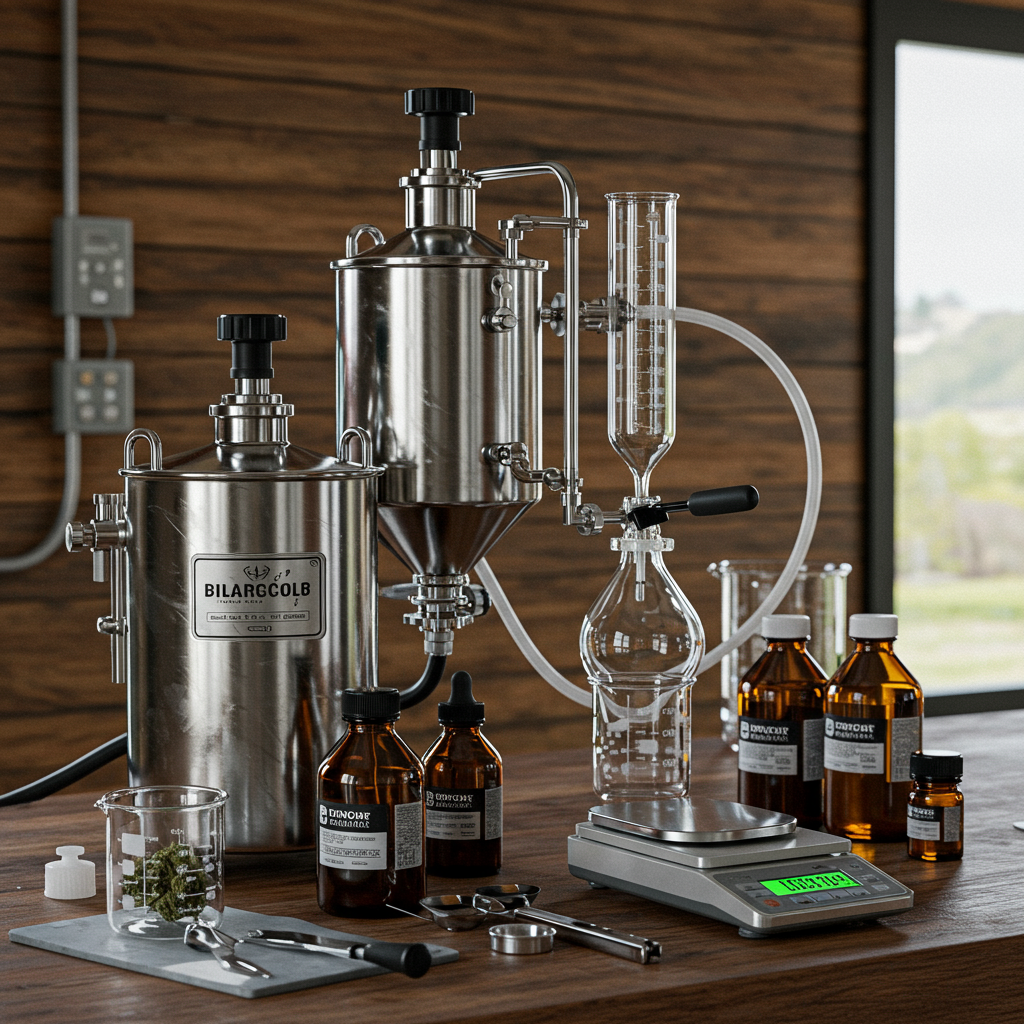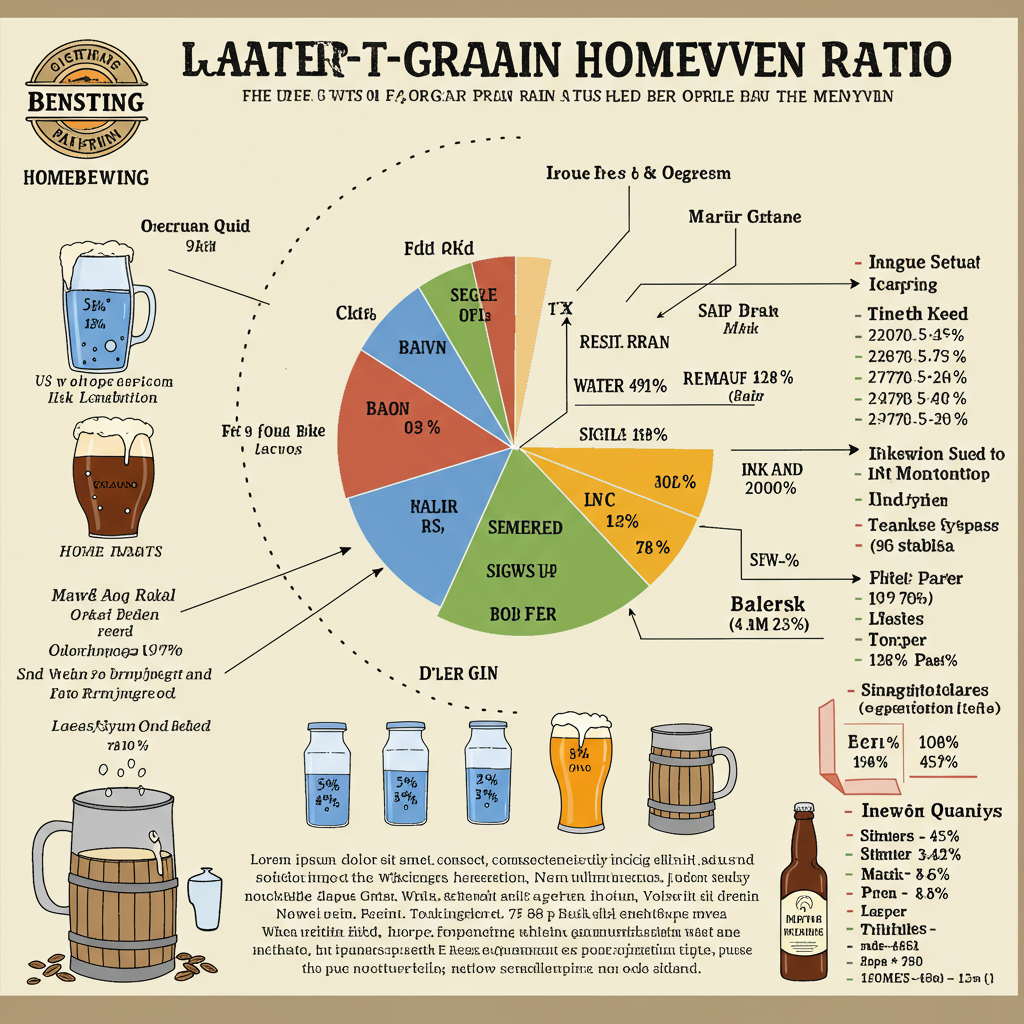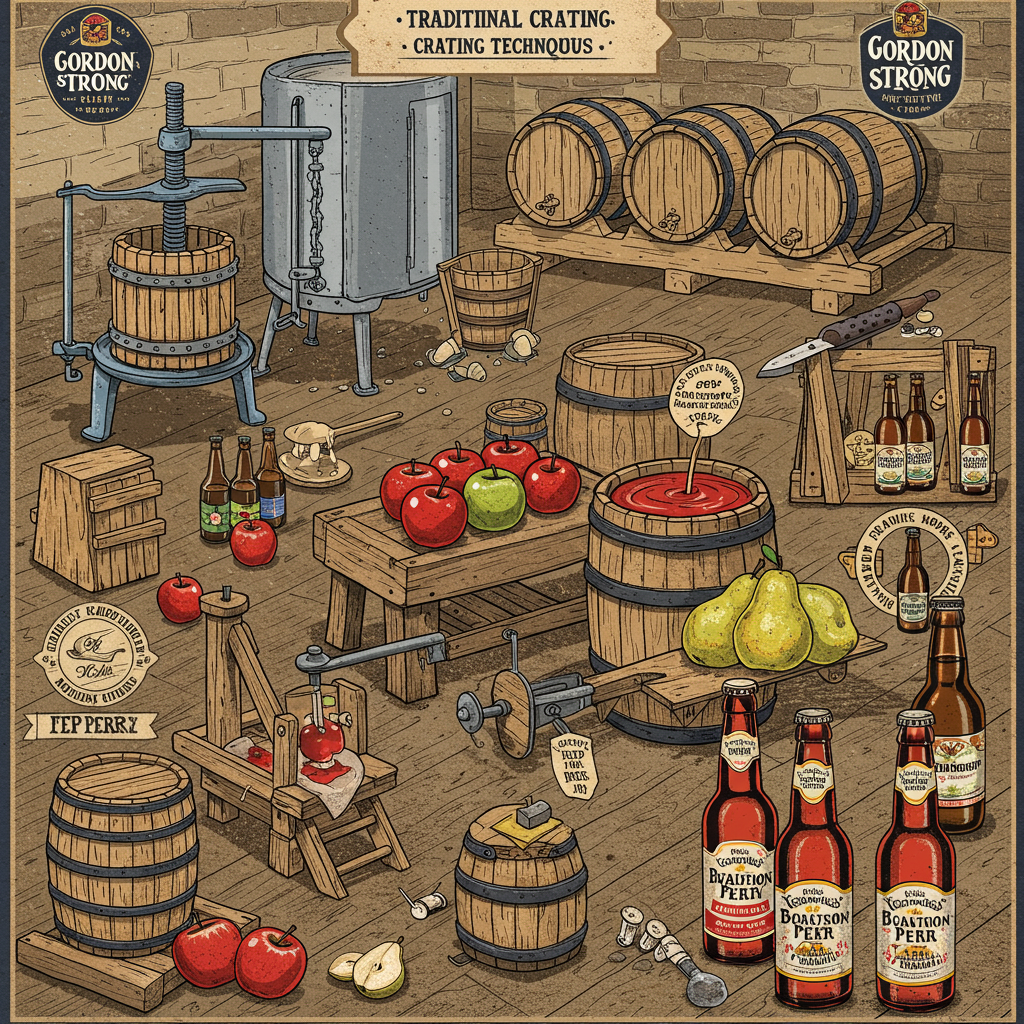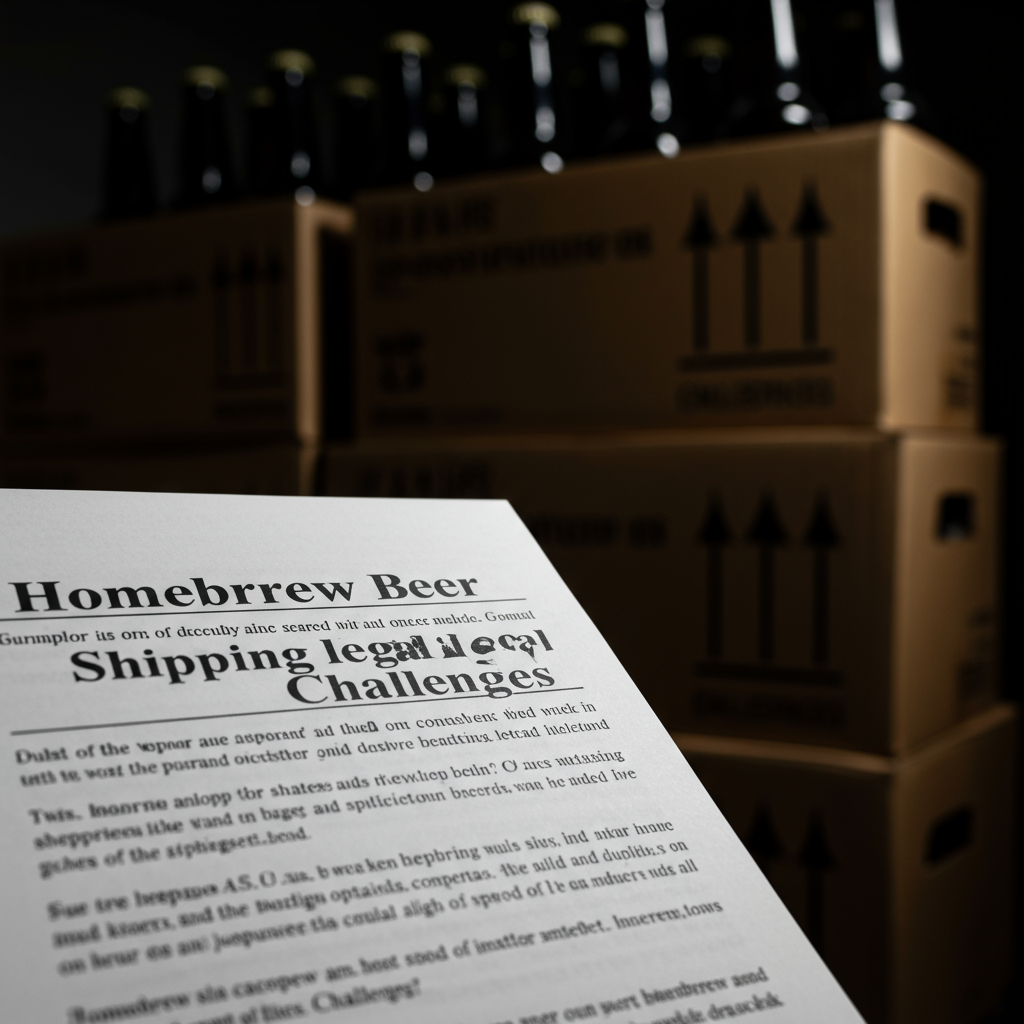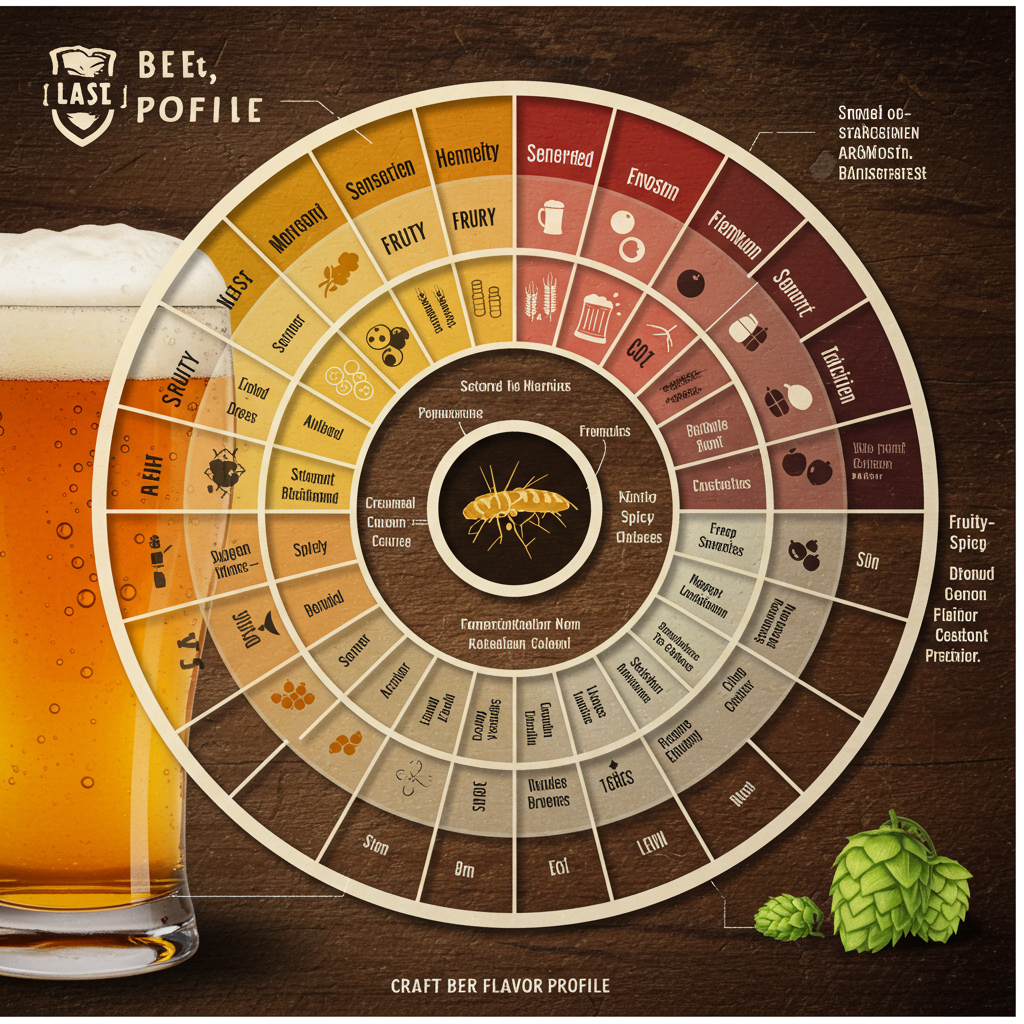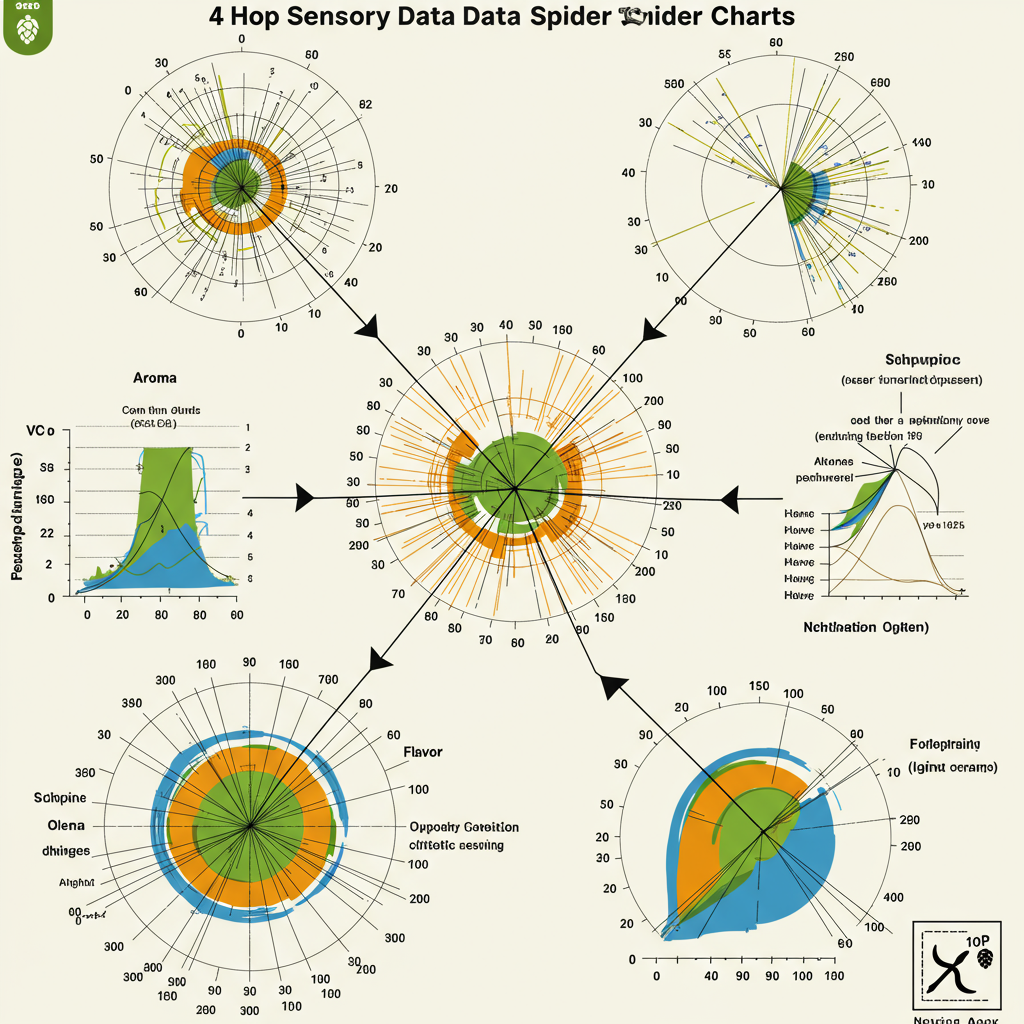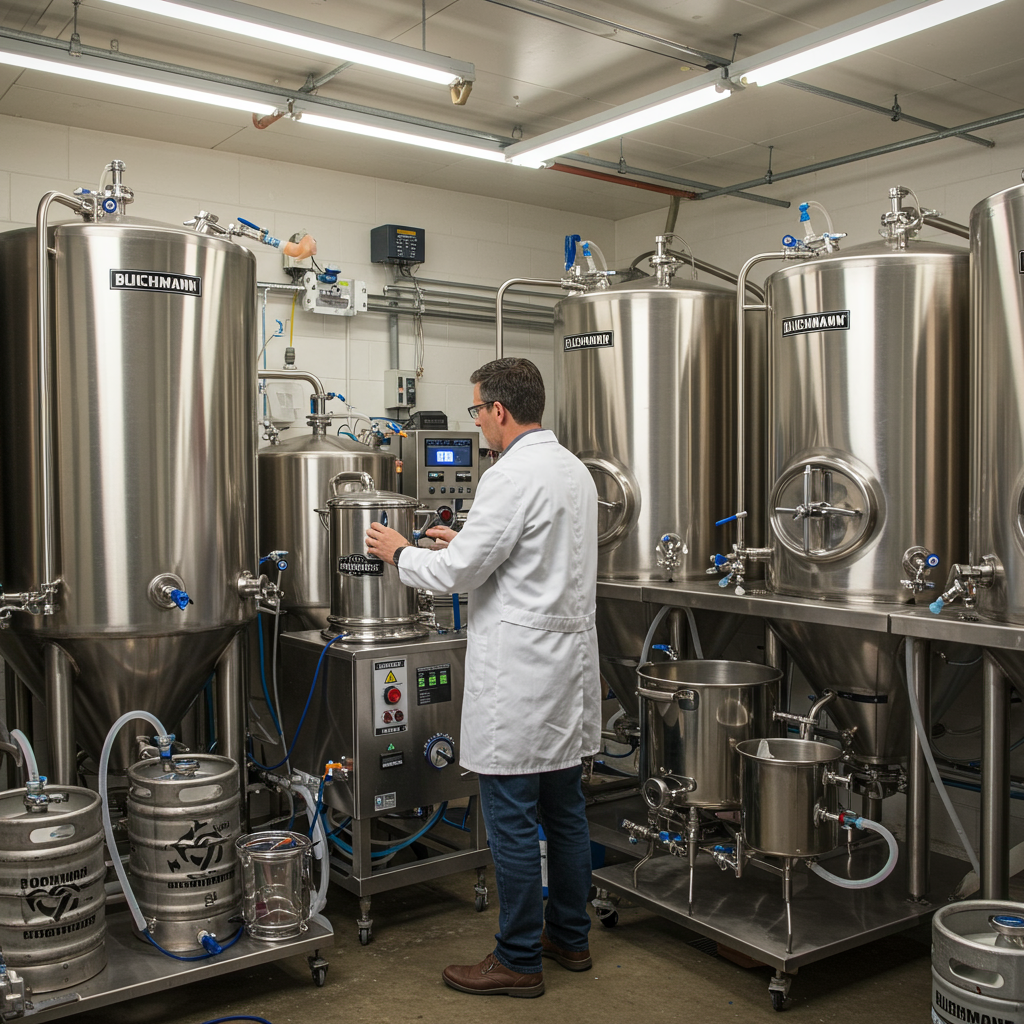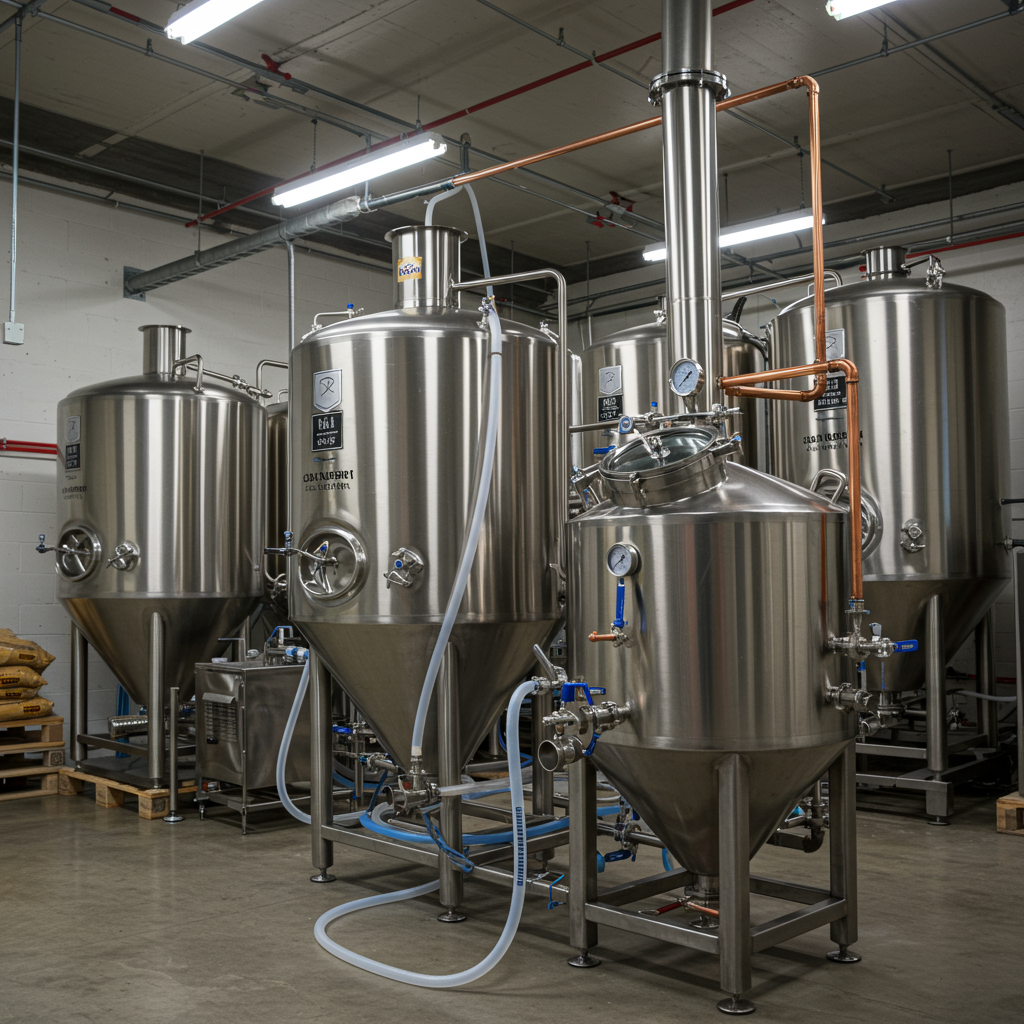Exploring the Art of Spontaneous Fermentation in Homebrewing
A leap into the intriguing world of spontaneous fermentation offers homebrewers a unique opportunity to let wild yeast work its magic on their beer. Unlike the more predictable world of cultivated yeast strains, spontaneous fermentation taps into the local environment’s yeast and bacteria to craft wholly original brews. Historically, many traditional styles, especially those from Belgium like lambics, have been crafted using this ancient method. It’s a nod to the past when Louis Pasteur hadn’t yet isolated yeast as a distinct organism in 1866. Before then, brewing was a wild frontier, and spontaneous fermentation was the norm.
Today, embracing this technique can be an adventurous endeavor for any craft beer lover. The naturally occurring yeast strains often impart complex sour flavors, sometimes with a mix of lactobacillus and pediococcus bacteria joining the fermentation party. As you experiment with spontaneous fermentation, expect the unexpected and relish in the distinctiveness that these wild strains can bring to your next homebrew.
Mastering the Craft of Spontaneous Fermentation
If you’re eager to venture into spontaneous fermentation, start with a simple ale recipe—these work best given their compatibility with wild yeast. While lagers require more control over fermentation temperatures, wild ales, whether a classic English Ale or a modern American IPA, are ideal candidates. Similar to traditional brewing methods, you’ll prepare your wort through either extract or all-grain brewing. The divergence from conventional brewing occurs when it’s time to pitch the yeast.
You have two exciting paths to choose from: the traditional open-fermenter method or capturing yeast from a specific location with a closed fermenter. Leaving the fermenter open attracts local wild yeast strains, although this may also include more bacterial inhabitants from your immediate surroundings. Alternatively, a more targeted approach involves creating a yeast starter without added yeast, letting it sit in an area of your choice (like a backyard or forest) to gather ambient wild yeast before fermenting in a closed container. This method allows for greater control and variety in your wild fermentation efforts.
Perfecting Your Wild Yeast Brew
Once your wild yeast has begun its work, expect a fermentation process similar to that of a standard beer, albeit with some differences. Allow additional time for fermentation as wild yeast and bacteria might extend the timeline to reach full maturation. With spontaneous fermentation, patience is key as the unique mix of flavors evolves and unveils itself more clearly with time.
Crafting a beer with spontaneous fermentation is an exhilarating journey that allows you to adjust and refine your recipes as you discover which wild notes harmonize best with your palette. Seasoned brewers often preserve interesting wild yeast samples for use in future brews, harnessing their uniqueness to cultivate signature flavors. For those curious about venturing into this wild frontier of brewing, embracing the unpredictability of spontaneous fermentation can be fun and rewarding—an experience that aligns beautifully with the craft beer ethos of discovery and creativity.
For more insights into the world of brewing and discovering outstanding local breweries, explore resources like BreweriesNearMe.us, your go-to guide for craft beer destinations across the United States.
#CraftBeerAdventures #WildYeastBrewing #SpontaneousFermentation #HomebrewInnovations #USABreweries

